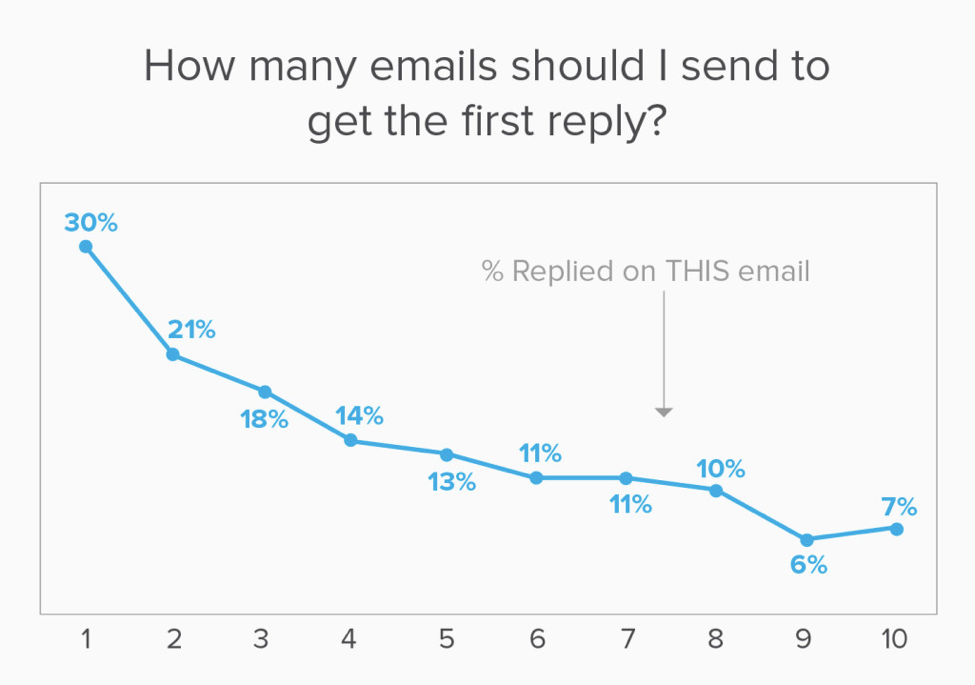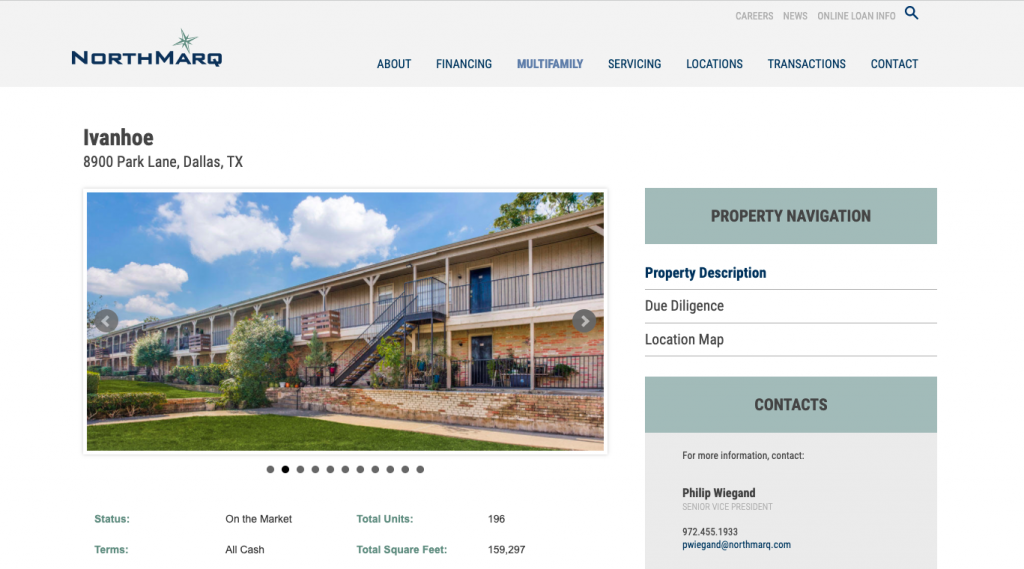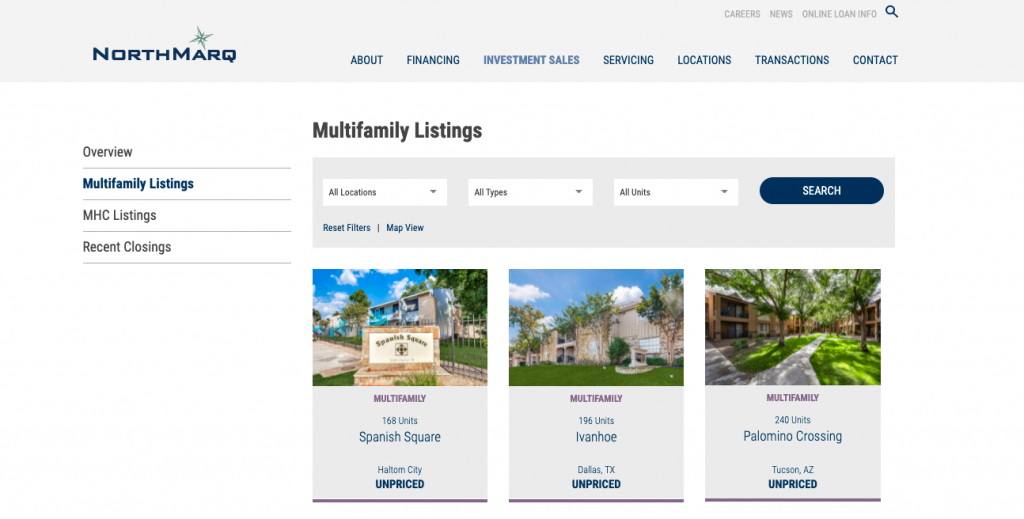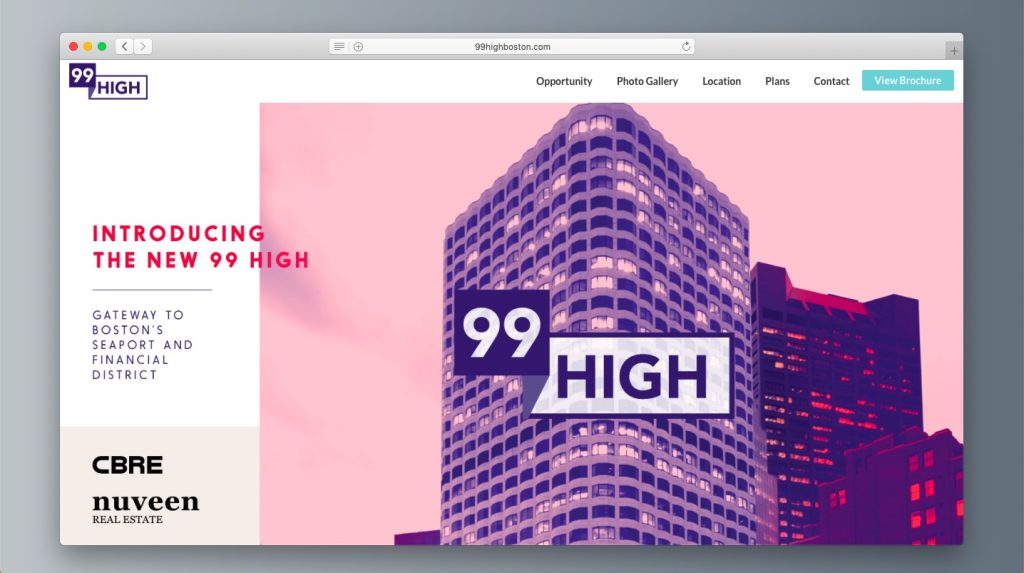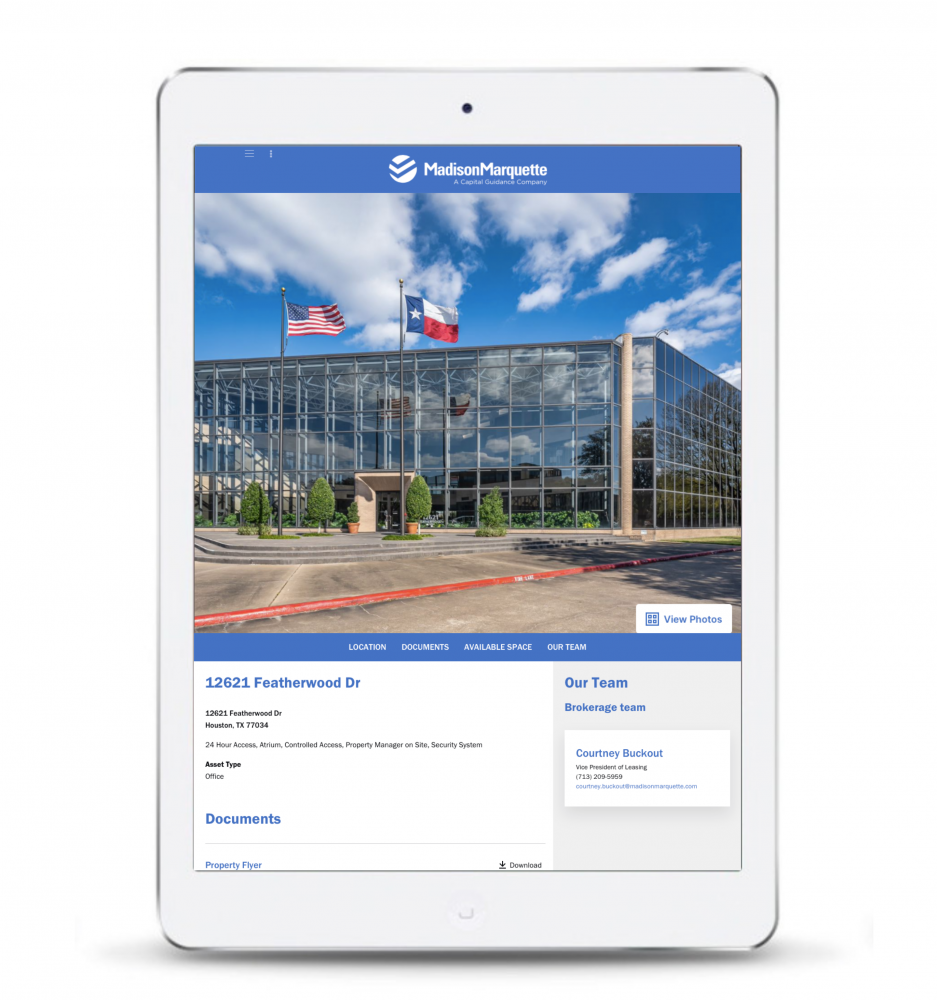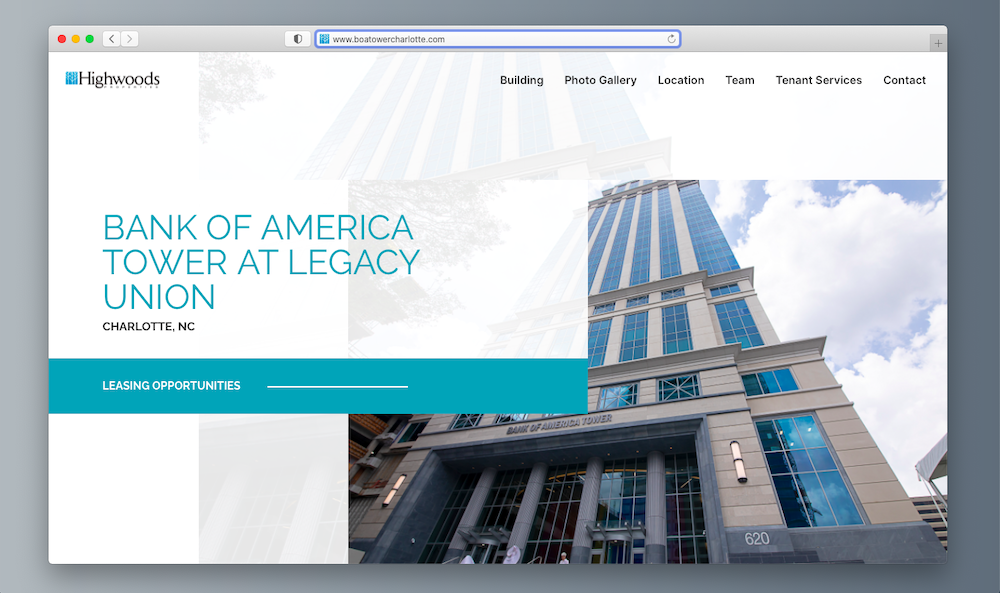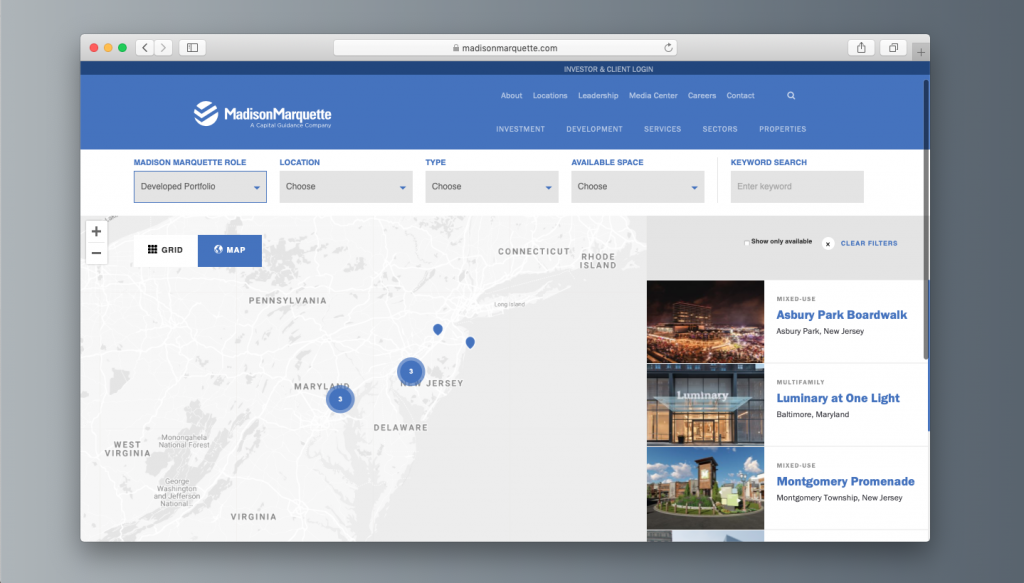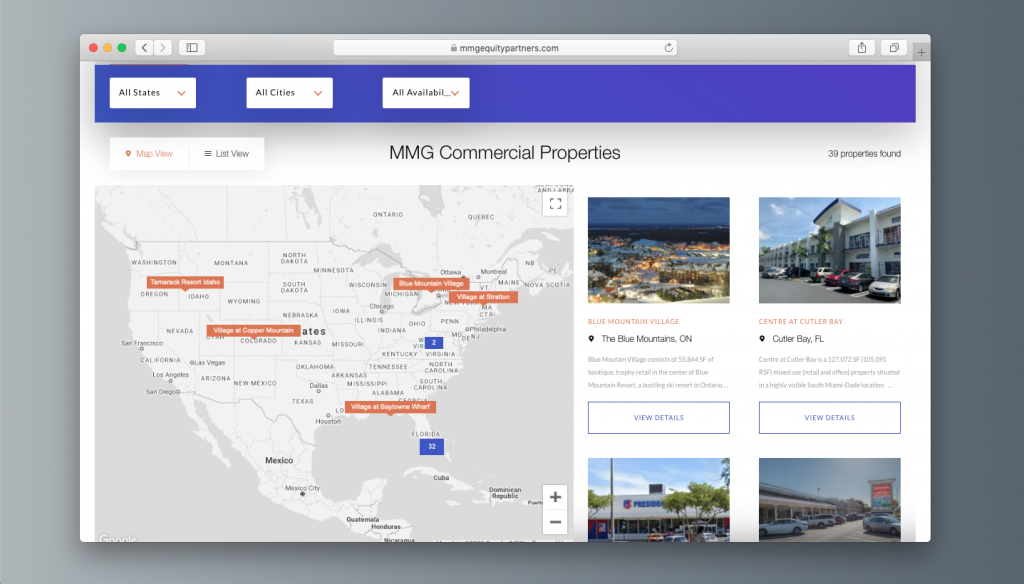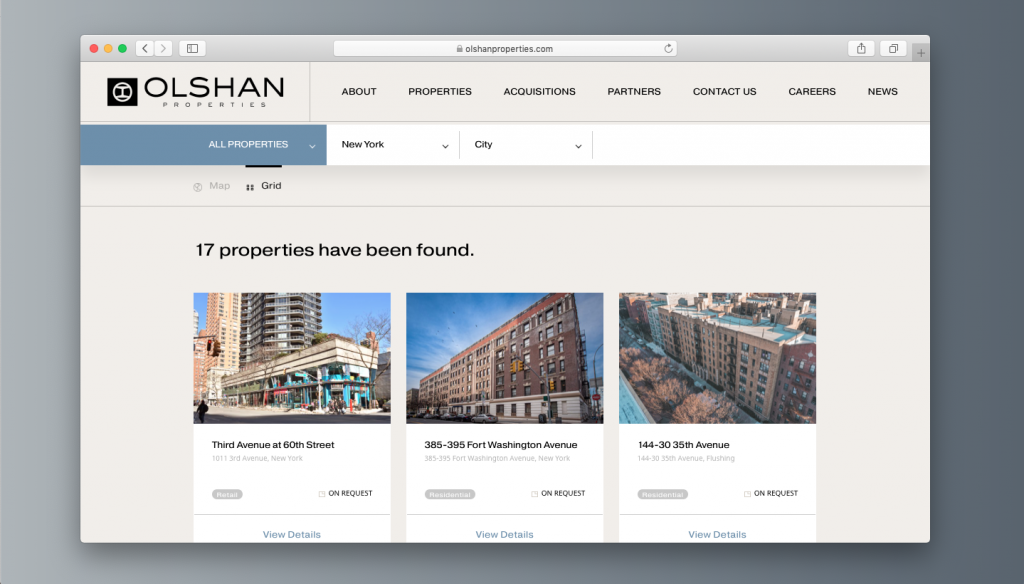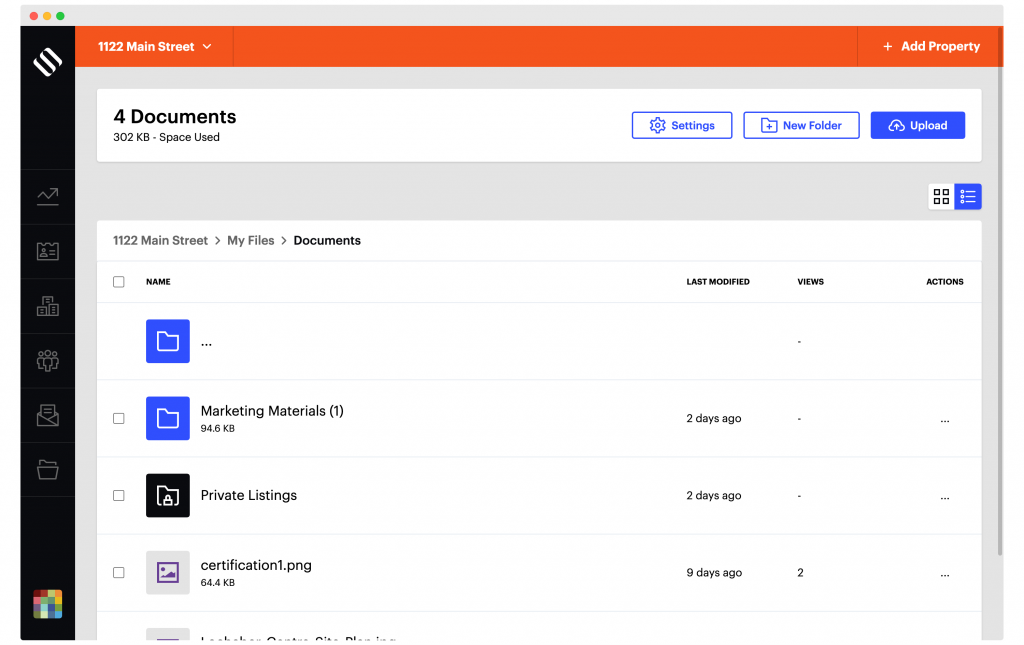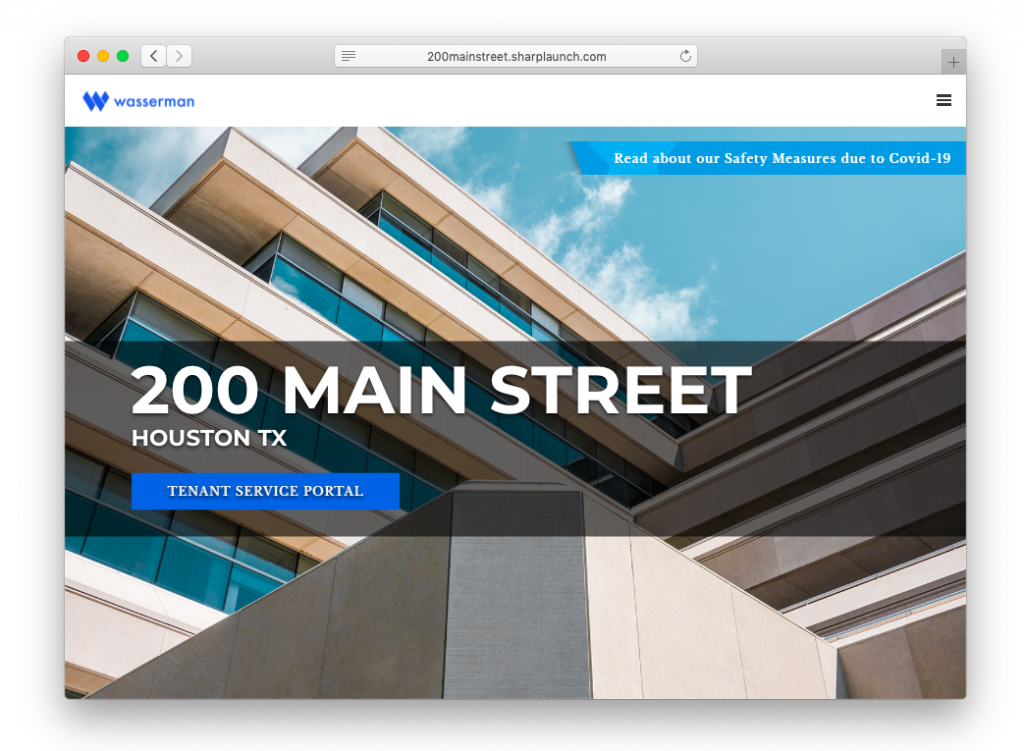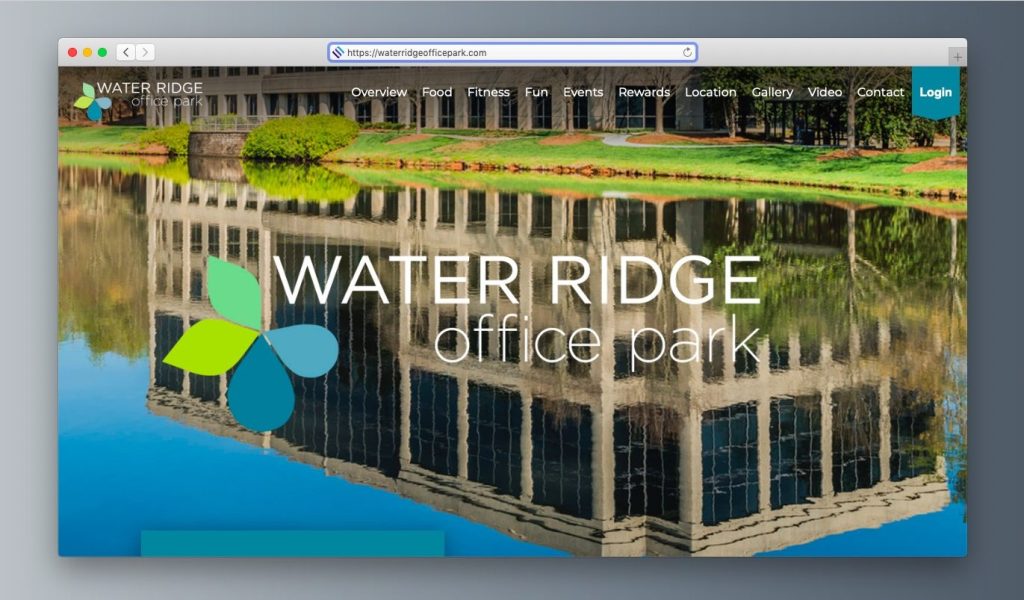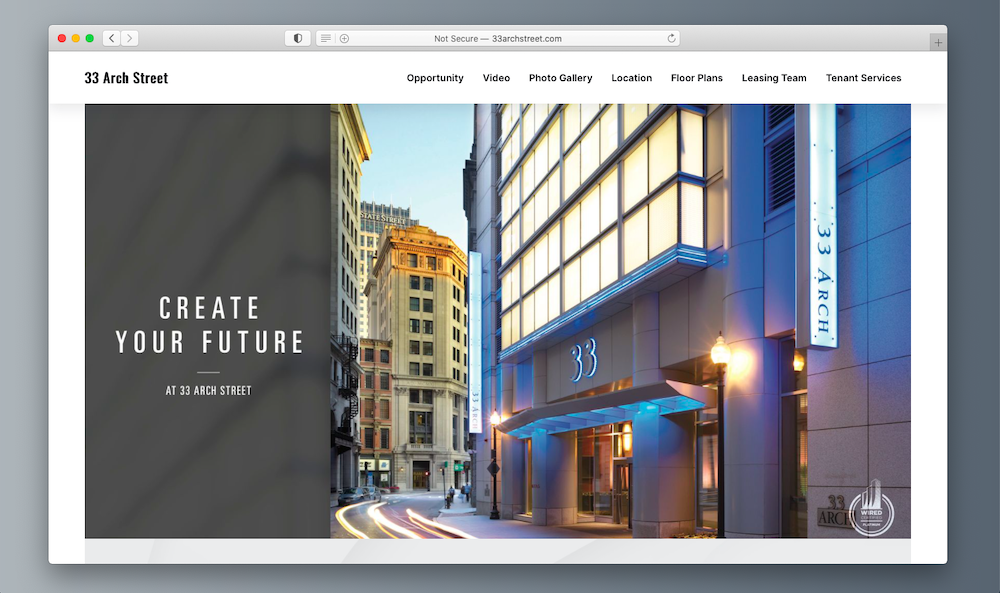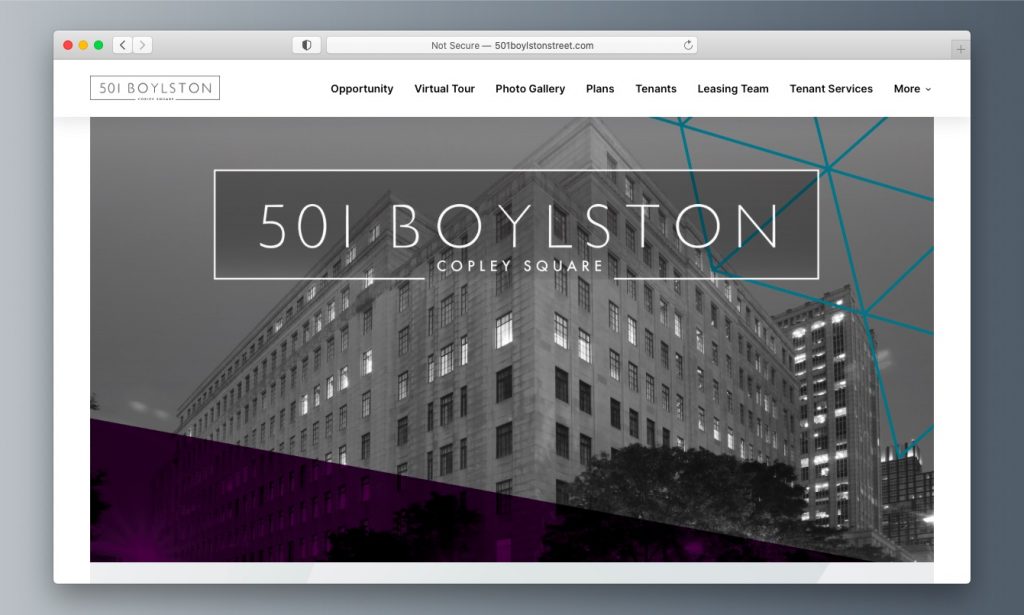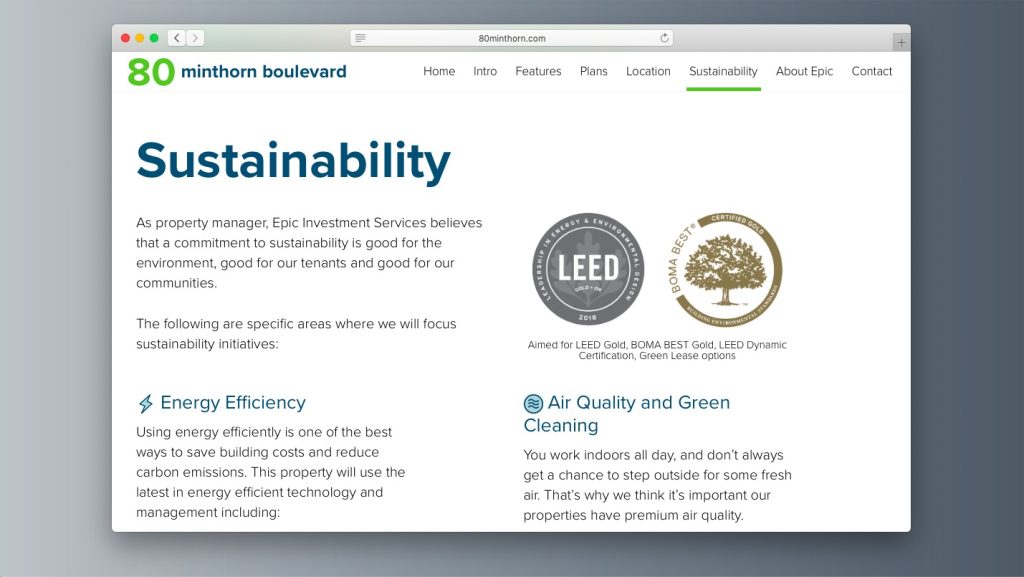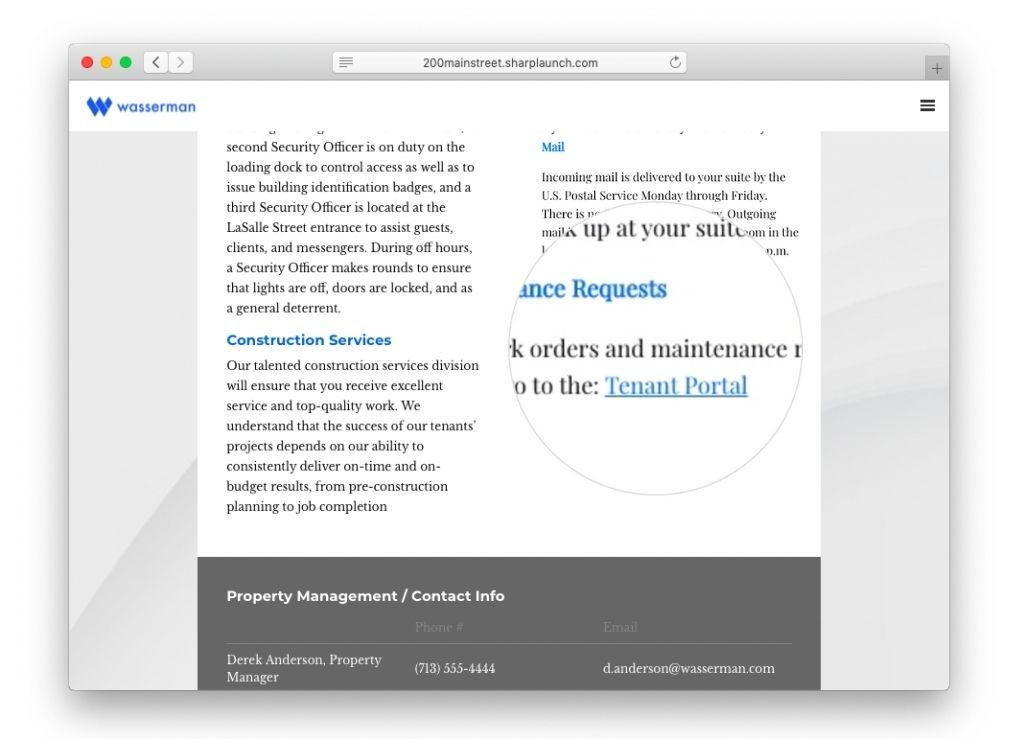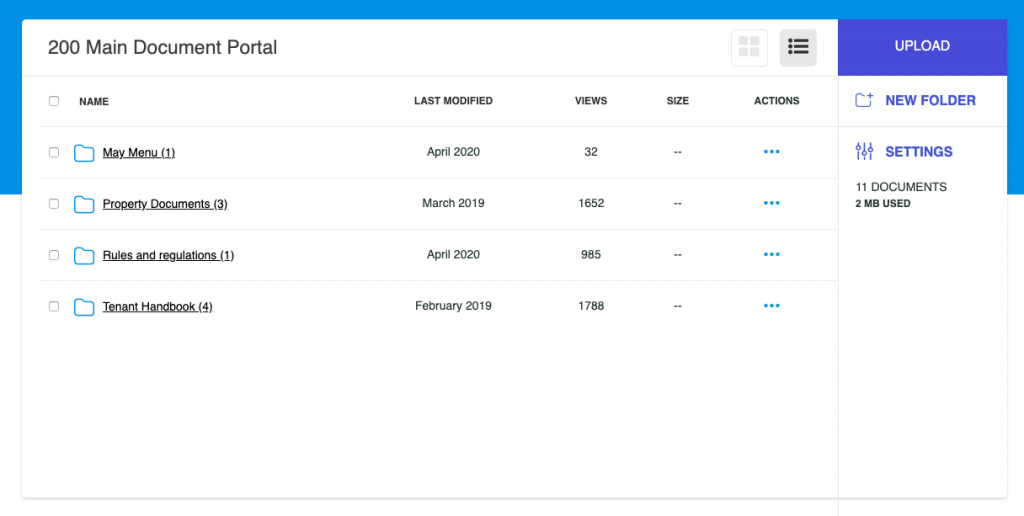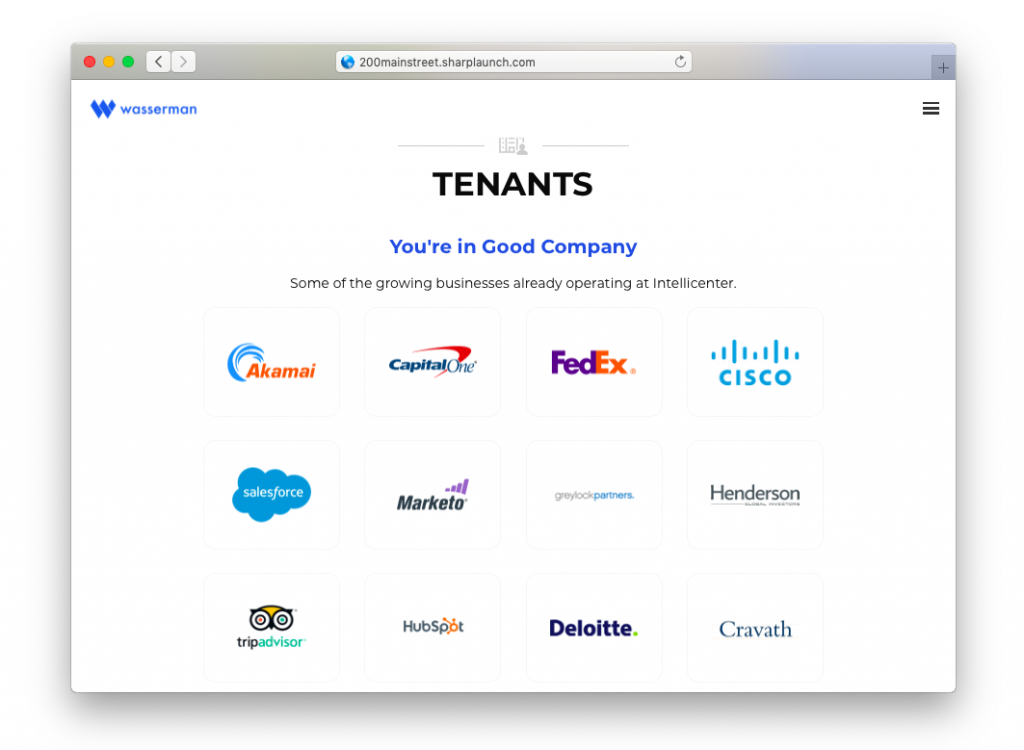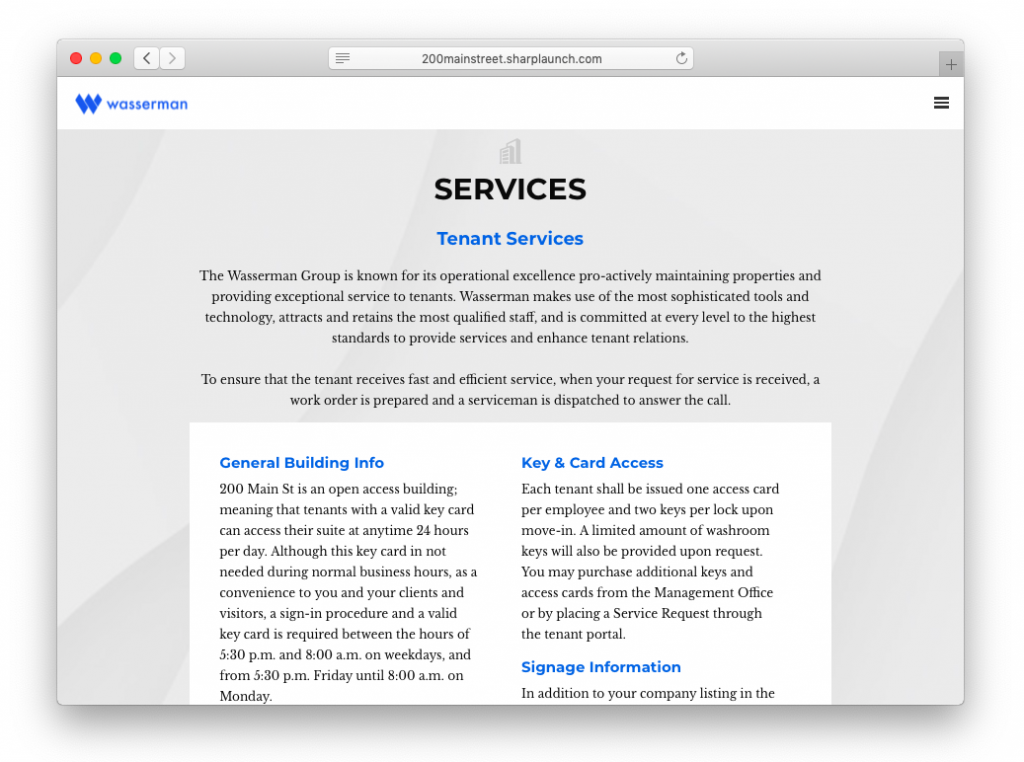Having a property website has become a necessity for all sales and lease-up efforts in commercial real estate.
Especially for a high-profile space, having a property website is one of the top commercial real estate marketing ideas to implement that will help to attract the kind of attention needed in a competitive market.
But how do you build a quality site that works with a thousand other priorities?
You get organized.
Use the 21-point checklist below to ensure your property website meets a high level of quality, provides substantial information, and helps convert visitors to commercial real estate leads.
Need your own property website? Click here to learn more about our website solution.
Property Website Content
Does your description explain what makes the property unique?
The copy on your website should point out the key differentiators for your property. What makes it unique from others in the same region, price range, and available space? This is more than just a bulleted list of features of the property.
It should be a detailed commercial real estate description with an overview of the best features plus any specific benefits a potential tenant will gain by choosing to operate out of this space. The benefits should speak to your potential tenants – consider the target industry and demographics of your prospects.
Only then will the details you provide work to not just attract attention, but the right attention.
Are you using short, descriptive phrases to describe key amenities?
While a detailed description covers everything that makes this property unique, too much content can be a problem as well.
It’s important to emphasize key points by using short, descriptive phrases for each of these key features and benefits. Use visual language that drives home why these features are so much better than other options out there.
Whether it’s location of the property and foot traffic or the space offered, get to the point quickly to answer the questions your prospects have.
Have you highlighted relevant building specifications?
Property features are the core of your marketing message, but don’t forget the functional components. Equally important to the marketing of your property is a focus on the building specifications and other data that potential tenants need to determine if it’s the right fit for their business.
This includes dimensions, floor space, applicable building permits, additions, and whether there are restrictions in the space that would affect their business.
Have you highlighted relevant area amenities and transportation?
A significant portion of your content will focus on things outside the property itself. For new tenants, it’s important to highlight area amenities and transportation options with a interactive amenities map.
Reference public transportation accessibility, nearby highways, nearby schools and parks that might affect foot traffic, nearby restaurants and business centers, and anything else that might affect the type of tenant you are trying to attract.
Did you proofread to make sure spelling and grammar are correct?
Make sure your descriptions and write-ups are as professional as possible.
How many poorly written property descriptions have you seen on other property sites?
How bad of an impact do you think these have on the managements efforts to fill those empty units?
Professional, well-crafted copy with no grammatical or spelling errors is vital to ensuring you don’t get caught in the same situation with your property website.
Are you using a striking and professional main image?
Photography has long been the cornerstone of commercial real estate, but with the advent of digital tools, websites, and apps in the marketing of property sales, it’s more important than ever before.
Spend the extra on a high quality camera or photographer and get professional images to be used as the top image on your new property website. This should perfectly capture the possibilities represented by the property.
Do you have professional exterior photos?
Create a list of outdoor amenities and make sure your photographer gets at least one presentation quality photo of each of them (preferably more so you have options).
This might include the exterior of the building, the exterior of the retail space, sign space, parking options, and other outdoor components.
Do you have professional interior photos?
The same is true for the interior of the property. Provide as much detail as possible, capturing every office, every angle of open spaces, the lighting during daytime hours and whatever else is relevant to your efforts.
Not only is it important to show this space in as much detail as possible, but you can never have too many photos. Prospective tenants want to see everything they can to help them imagine operating out of this space.
Do you explain the key tenant services?
Most properties offer some degree of tenant services. Make sure these are not only emphasized but explained in as much detail as possible.
The more detail you can offer on the types of services you provide and the benefits of those services to your tenants, the better deal your property looks like to those individuals. If you can provide more in-depth descriptions or even visual representations with images or videos, all the better.
Website Accessibility
Is there a maintenance emergency number?
Your property website can also serve as an important tenant management tool for existing tenants. When they have a question, concern, or more urgently, an emergency, they’ll turn to your website for information.
One of the most important pieces of information they can and should be able to find on your site is the emergency maintenance phone number. Include a link for existing tenants or put the maintenance number on the homepage for quick access.
Have you included all important property management contact info?
Perform a thorough check of your website and make sure that it’s possible to quickly find property management contact information with no more than one click.
It’s better to include this information too many times than not enough. Review the contact page for accuracy, check the internal pages, and consider including this high level contact information in the header and footer of the website for quick access.
Existing tenants will need this in a number of situations and prospective tenants may need to speak with management during the selection process.
Is your company’s logo and contact information visible?
Your information needs to be front and center throughout the website. The logo should be included in a prominent place on the site.
It should also be included on any branded pages, images or downloadable documents that your prospects might access. Also make sure your contact information is visible, both on a contact page and in the footer of the website for quick access.
Does the design match the style of your company’s or property’s brand?
A good property website should clearly match the branding of your main company website and collateral. If the property has its own branding, it should be coherent and linked (when necessary).
If someone is familiar with your brand this will lend your new site credibility. It also makes the shift from the main website to a property website a smoother, more organic experience when the branding matches. Double check each page of the site to ensure the branding matches.
Did you include the broker(s) headshot?
Trust is one of the rarest and most valuable commodities online, and it’s hard to earn because of the impersonal nature of a website.
If you meet and shake someone’s hand before a transaction, it’s much easier to get a feel for them, accurate or not. Online, there is no such interaction. Offer what you can to build trust by providing ample information and a professional headshot of the broker.
Attach a human face to the potential transaction so the prospect can focus first and foremost on the property.
If there is space available, have you included floor plans?
Whenever space becomes available, make sure it is noted on the website and that unit-specific floor plans are provided for each unit.
Potential tenants will want this information for measurements and determining if the space fits their specific needs. It’s also one less technical question that needs to be fielded over the phone from prospective tenants.
User Experience
Do the floor plans have the correct floor, suite, type and available RSF?
If floor plans are included for available units, double check each of them to ensure they include the correct floor in the building, the suite number of the unit, the type of unit being offered, and the exact RSF available in that property.
There is a lot of data here to review, so make sure it is as detailed as possible and double checked against the property records before publication.
Have you verified that the written address is correct?
Address information may seem like an afterthought, but a mistake here can have several ramifications.
Not only does it lead people to the wrong address if they try to visit (even just for a drive by), but it can affect your ranking in search engines. It can also create confusion when someone attempts to look up the area around your property.
Have you verified the map location is correct?
Even if your address is correct, there can be errors on the map, especially if you are using automated tools that pull address information and match it to a database.
Even Google Maps can be incorrect at times, especially in areas with non-traditional street layouts. Check the map and make sure the pin matches the actual location of the property.
Did you include the broker(s) contact information?
Provide every piece of information needed to contact not only the company but the specific broker representing this property and the open units in it.
If someone has a quick question, they should be able to reach someone within a few hours. Broker information can be provided on the homepage above the header as well as in the footer and on your contact page.
Did you include links to your social media pages?
Social media helps to build trust both on and off your property website. It shows that you are active with your community and if there is an issue, people can often see it in the reviews, comments, and feedback on those profiles.
When it’s clean and they see happy tenants interacting with your brand, they will be more inclined to trust you. Social media should be linked either in the header or footer of the site.
Did you include an optimized page title and meta description for search engines?
For every page of the property website, be sure to include an optimized title and meta description.
The title is an important factor for search engines indexing your site for local properties, while the meta description will affect what someone sees if they find your site in a search engine – it can have an immediate impact on how many people click through to see your site.
Your Total Score:
